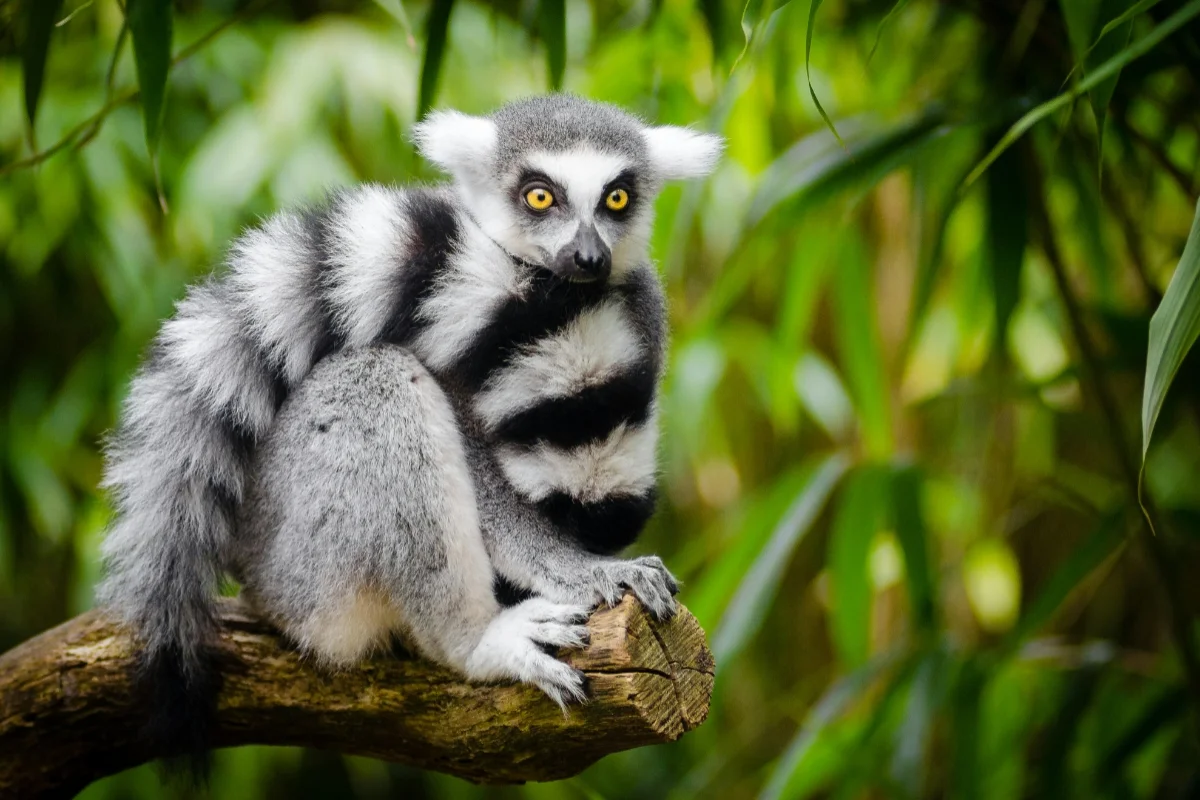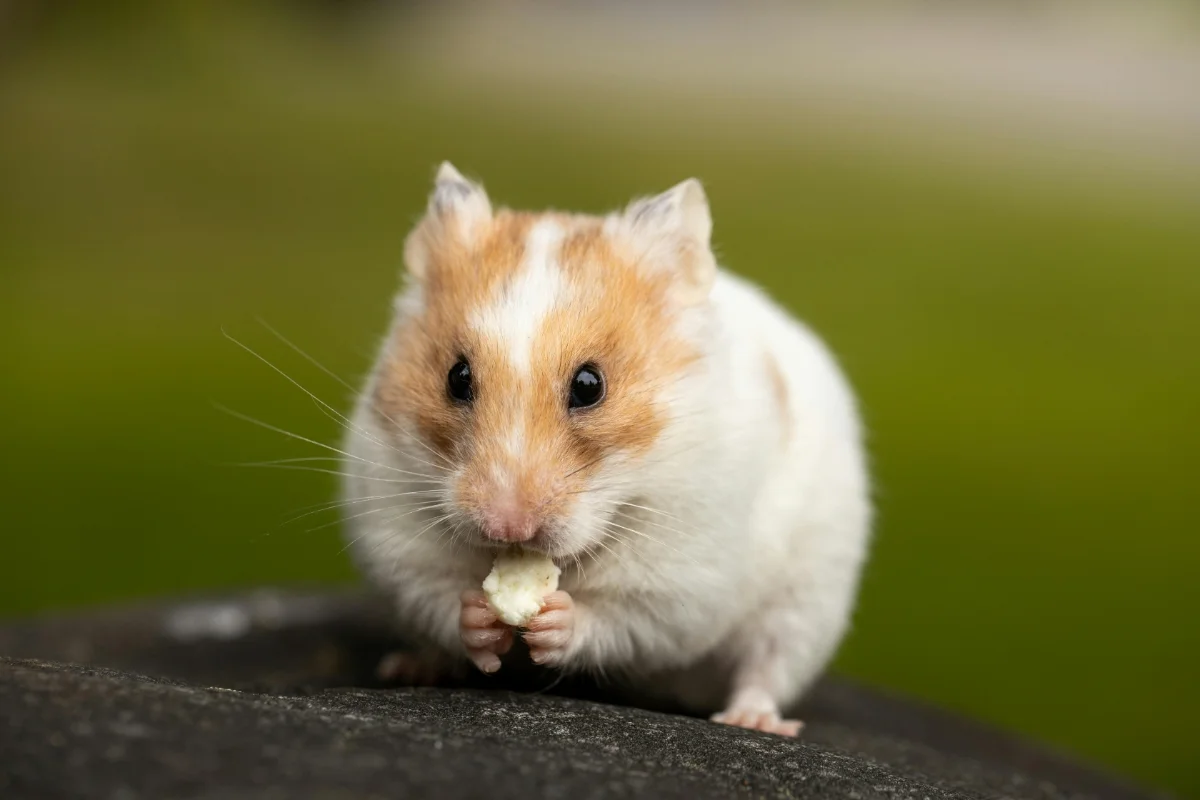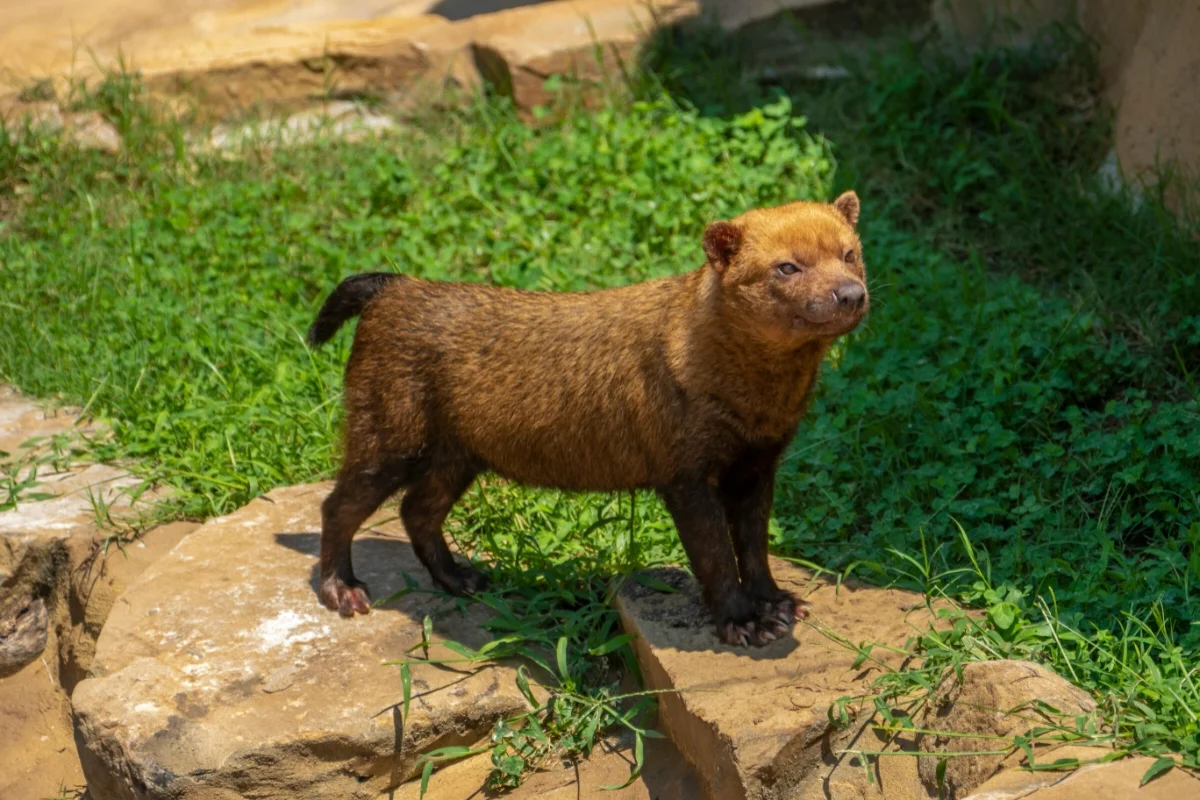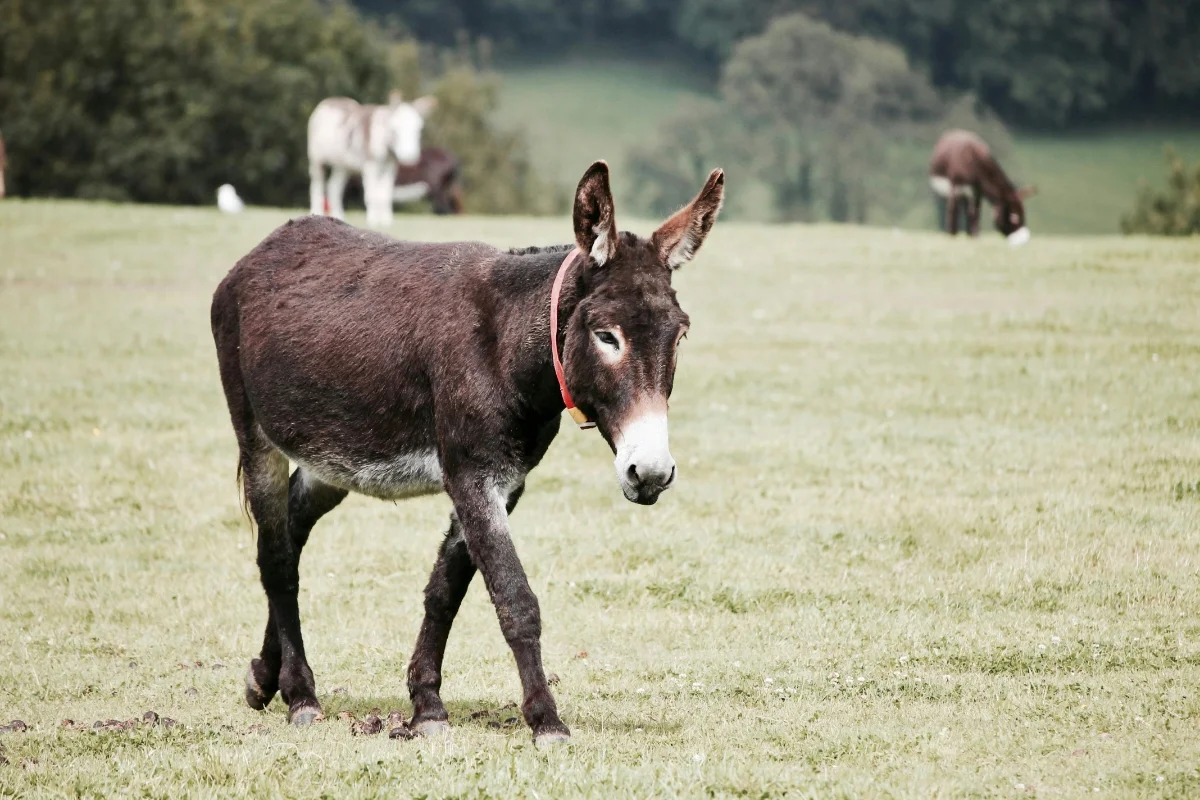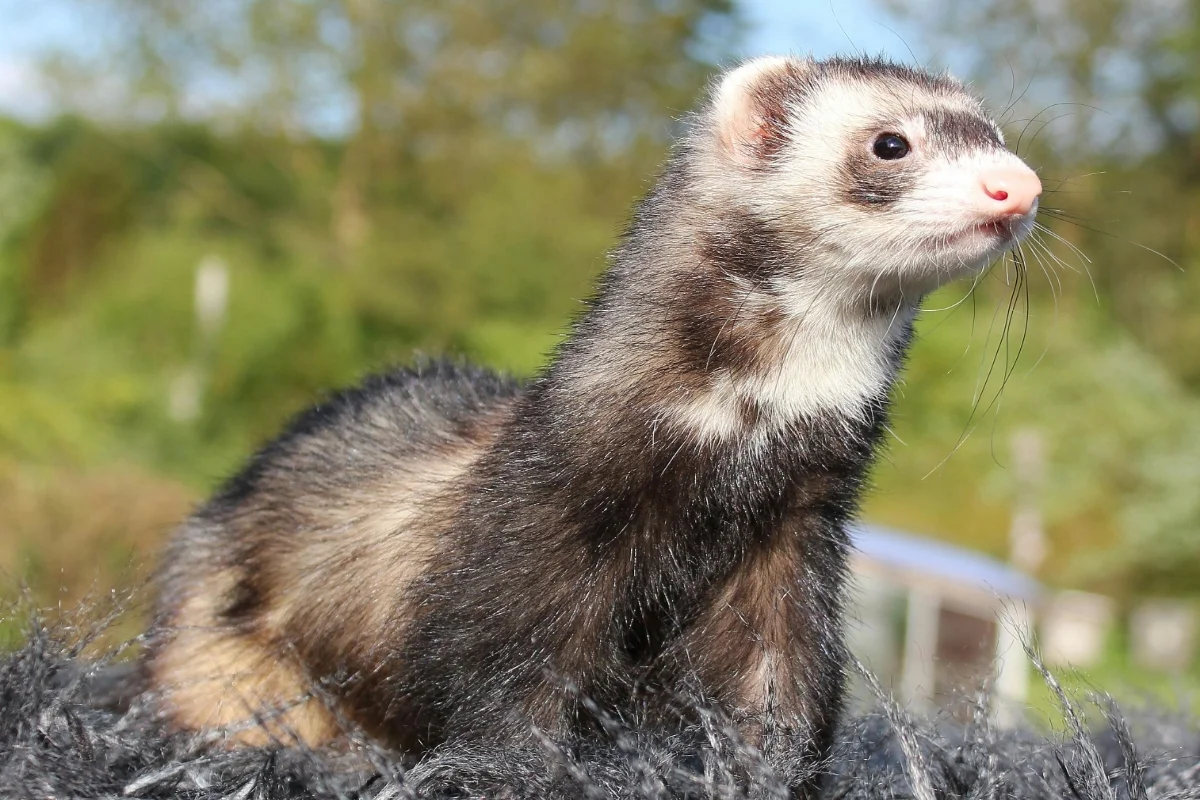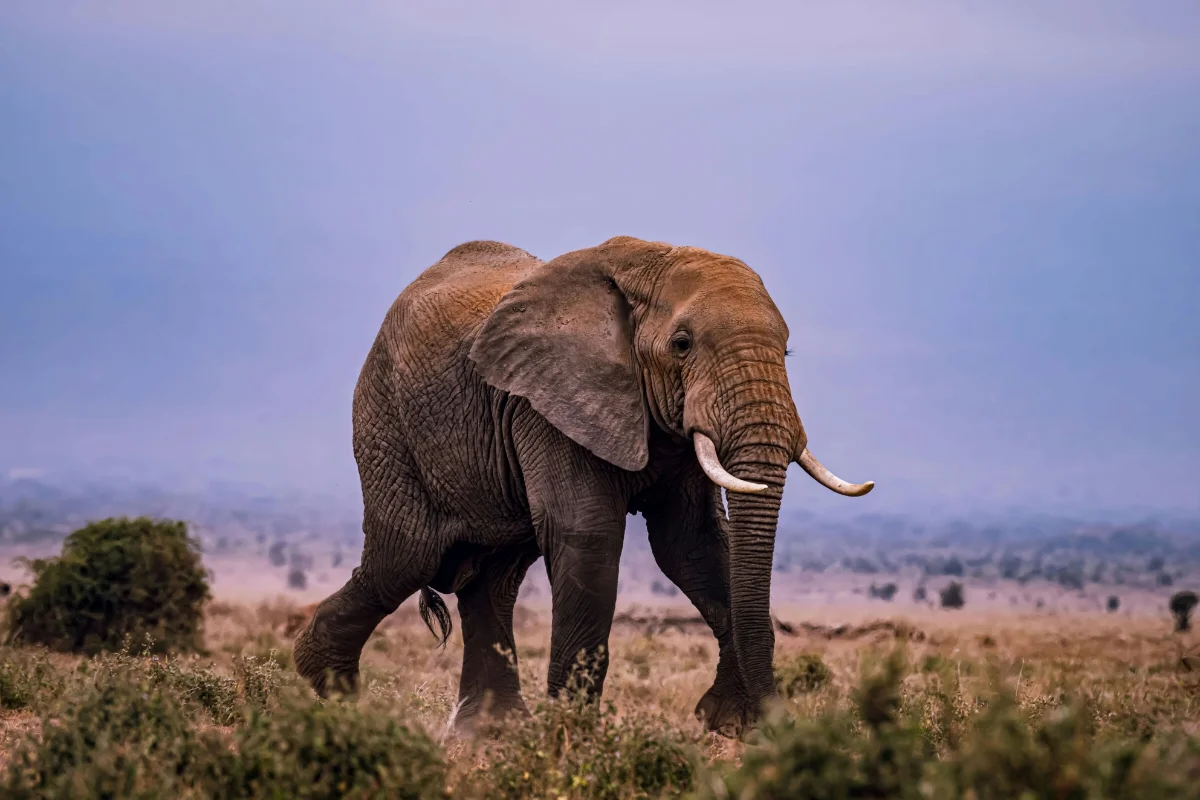Owl
Owls are nocturnal birds of prey found across the globe, known for their silent flight, exceptional hearing, and ability to hunt in…
Life Span
5–10 years
Top speed
40 mph
Size
6–28 in
Weight
0.2–2 kg
Owls are nocturnal birds of prey found across the globe, known for their silent flight, exceptional hearing, and ability to hunt in low light. With over 200 species, they have adapted to diverse environments, from forests to deserts, making them fascinating and efficient predators.
Owl Facts Overview
| Size: | 6–28 in (15–70 cm) |
| Weight: | 0.5–4.5 lbs (0.2–2 kg) |
| Top Speed: | 40 mph (64 km/h) |
| Food: | Mice, birds, insects |
| Color: | Brown, grey, white |
| Location: | Worldwide |
| Predators: | Eagles, larger mammals |
| Lifespan: | 5–10 years |
| Habitat: | Forests, grasslands, deserts |
| Gestation: | Eggs, 21–30 days to hatch |
Owl Interesting Facts
Owls can rotate their heads 270 degrees, helping them see in nearly every direction without moving their bodies. They have specialized feathers that allow for silent flight, and some owls, like the Barn Owl, can hunt by hearing alone, detecting prey by sound waves.
Owl Description
Owls have large, round eyes adapted for nocturnal vision, often with facial discs that help funnel sound to their ears. They have strong talons for catching prey, a hooked beak for tearing meat, and feathers that allow them to fly silently through the night.
Owl Characteristics
Owls possess exceptional eyesight, especially in low light, and extraordinary hearing. They have a swiveling head, able to rotate nearly 270 degrees, and specialized feathers for stealthy flight. Their silent wings and powerful talons make them efficient predators of small mammals, birds, and insects.

Owl Care
Owls in captivity require large enclosures to mimic their natural hunting grounds. A proper diet, usually meat-based (mice, rats, birds), is essential for their health. They also need enrichment activities to encourage natural hunting and roosting behaviors. Veterinary care is important for their well-being.
Owl Lifespan
The average lifespan of an owl varies by species, typically between 5 to 10 years in the wild. Some species may live longer in captivity, with a lifespan reaching up to 20 years. Their lifespan is affected by factors such as food availability and predation risks.
Owl Predators
While adult owls are apex predators, they face threats from larger birds of prey like eagles, hawks, and even some mammals such as foxes and large cats. Owl chicks are especially vulnerable to predation by carnivorous mammals and larger birds during their early stages of life.
Owl Habitat
Owls are found in diverse habitats, from forests, grasslands, and deserts to tundras. They often seek areas with dense vegetation or tall trees for roosting and hunting. Some species, like the Barn Owl, prefer open fields, while others, like the Great Horned Owl, prefer wooded environments.
Owl Distribution
Owls have a wide distribution across the world, except in polar regions and extreme deserts. Species such as the Barn Owl and Snowy Owl are found in a variety of climates, from tropical to temperate zones, while some species are specifically adapted to certain regions like forests or grasslands.
Owl Diet
Owls are carnivores, primarily hunting small mammals, birds, and insects. Some species specialize in rodents, while others may prey on fish or amphibians. They are opportunistic hunters, using their keen vision and hearing to locate prey, often consuming it whole and regurgitating pellets of indigestible parts.
Owl Behavior
Owls are nocturnal and solitary by nature, relying on their exceptional night vision and hearing to hunt in low-light conditions. They are territorial and communicate through hoots, screeches, and other calls. Owls are patient hunters, waiting for prey to come within striking distance before swooping in.
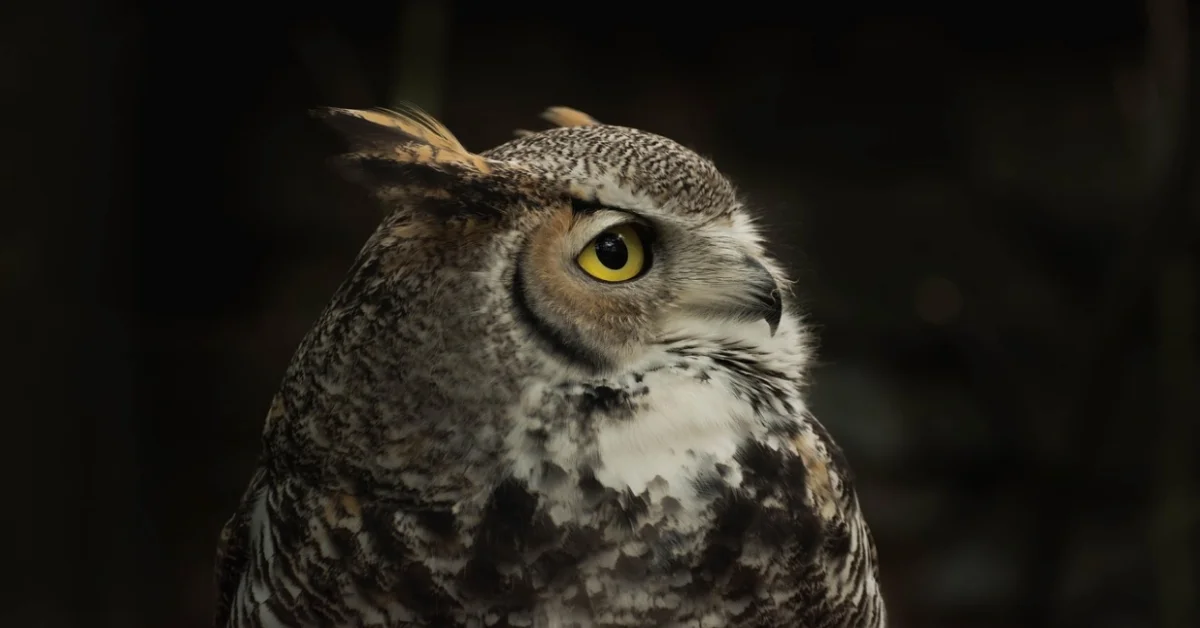
Owl Reproduction
Owls typically breed once a year, with courtship involving calls and displays. They lay 1 to 3 eggs, which both parents incubate for 21 to 30 days. The chicks are born blind and helpless, relying on the parents for warmth and food until they are ready to fledge and hunt.
Owl Scientific Classification
| Kingdom: | Animalia |
| Phylum: | Chordata |
| Class: | Aves |
| Order: | Strigiformes |
| Family: | Strigidae / Tytonidae |
| Genus: | Bubo, Strix |
References
1. Owl Wikipedia Article – https://en.wikipedia.org/wiki/Owl


